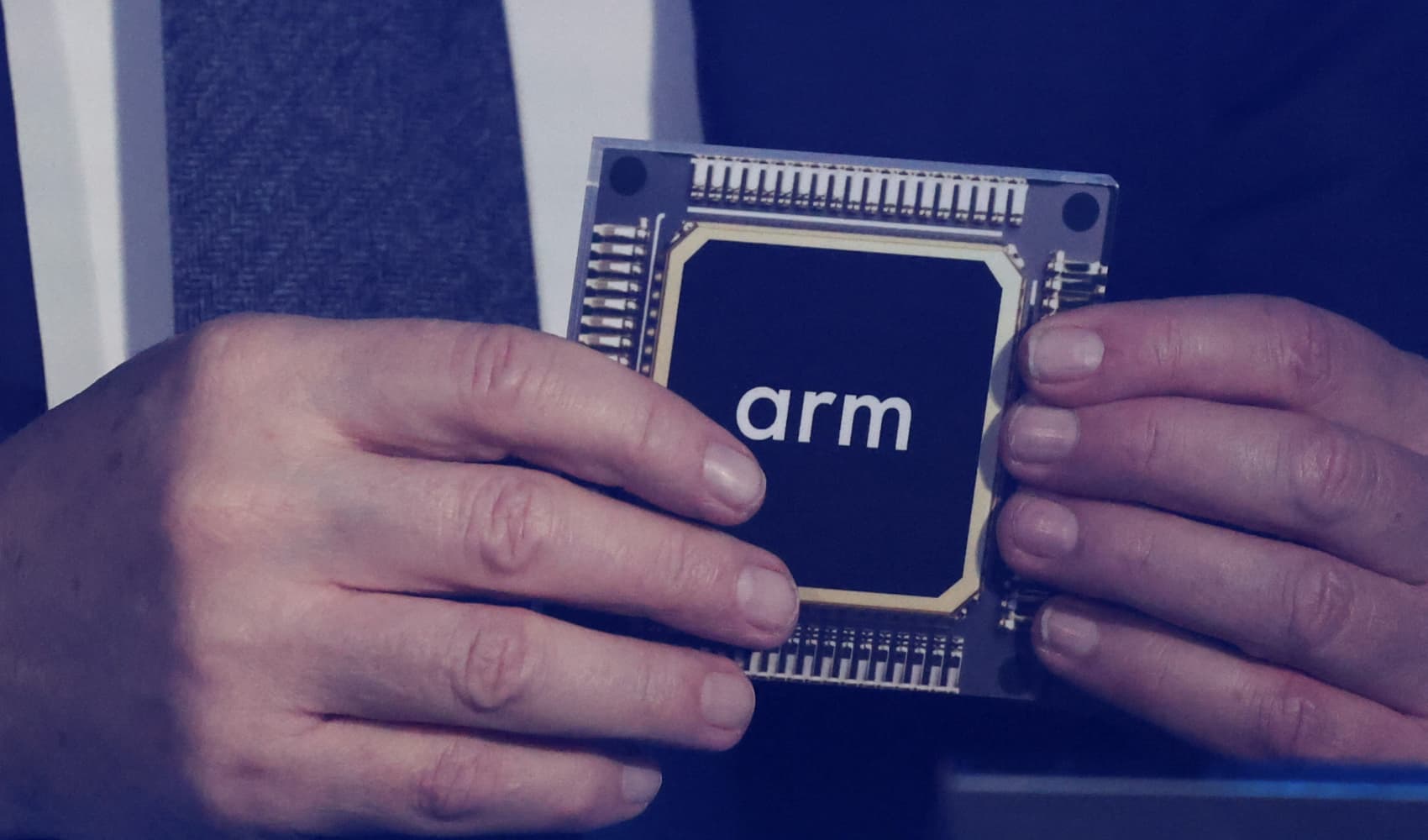Fed Holds: How It Impacts Your Credit & Loans
Fed Holds Steady: How It Impacts Your Credit Cards, Loans, and Savings
Introduction: Decoding the Fed's Decision
The Federal Reserve, that mysterious entity influencing the very fabric of our financial lives, recently announced it would be holding interest rates steady. But what does that *actually* mean for you, sitting at home, wondering if you should refinance your mortgage or finally get that new car? Don't worry; we're here to break it down. The Fed’s decision to remain on the sidelines still has far-reaching implications for almost all forms of borrowing as well as the returns you earn on your savings. From credit cards and mortgage rates to auto loans and savings accounts, here's a look at how your wallet is impacted.
Understanding the Fed's Role
Think of the Federal Reserve as the conductor of the U.S. economy. They use various tools, including interest rates, to keep inflation in check and encourage economic growth. Raising rates can cool down an overheating economy, while lowering them can stimulate spending. So, what does holding rates steady signify? It suggests the Fed is observing and assessing the current economic landscape before making further moves.
Why Did the Fed Hold Rates?
There are usually multiple factors influencing the Fed's decisions. They consider inflation data, employment figures, and overall economic growth projections. In this case, perhaps there's a hint of uncertainty about the future. Maybe they're seeing some mixed signals – some positive indicators alongside potential risks.
Credit Cards: What to Expect
Variable vs. Fixed Rates
Most credit cards come with variable interest rates tied to a benchmark like the prime rate, which often moves in tandem with the Fed's actions. When the Fed holds steady, it's unlikely you'll see immediate changes in your credit card APR. However, if you're carrying a balance, it's always wise to shop around for lower rates. Paying down your balances aggressively is always a good strategy, regardless of what the Fed does.
Rewards Cards: No Immediate Changes
The Fed's decision doesn't directly impact the rewards you earn on your credit card. However, higher interest rates in the future *could* lead to issuers tightening their belts, potentially impacting rewards programs down the line. But for now, keep earning those points and miles!
Auto Loans: A Steady Ride
New Car Loans: A Sigh of Relief?
Similar to credit cards, most auto loan rates are tied to benchmarks. Holding rates steady means you likely won't see significant changes in new car loan interest rates in the immediate future. If you've been eyeing that shiny new SUV, this might be a good time to lock in a rate.
Used Car Loans: Stability in the Market
The used car market is influenced by various factors, including supply and demand. While the Fed's actions play a role, other variables like inventory and seasonality can also impact rates. A steady Fed provides some stability in this market, but be sure to shop around for the best deals.
Mortgages: The Big Home Buying Question
Fixed-Rate Mortgages: Less Volatility
Fixed-rate mortgage rates are more closely tied to the 10-year Treasury yield than the Fed's overnight lending rate. However, the Fed's overall monetary policy still influences these yields. Holding rates steady suggests less immediate volatility in mortgage rates. If you're looking to buy or refinance, keep an eye on market trends, but don't expect dramatic shifts overnight. Locking in a rate when you feel comfortable is crucial.
Adjustable-Rate Mortgages (ARMs): Proceed with Caution?
ARMs have interest rates that adjust periodically based on market conditions. While the initial rate might be lower, they can increase over time. With the Fed holding steady, ARM rates might remain stable for now, but future rate hikes could impact your monthly payments. Consider your long-term financial situation carefully before choosing an ARM.
Savings Accounts: The Upside (or Lack Thereof)
High-Yield Savings Accounts: A Gradual Climb
High-yield savings accounts generally offer more competitive interest rates than traditional savings accounts. While the Fed holding rates doesn't mean an immediate increase, it does signal that banks may be hesitant to lower rates further. Look for online banks and credit unions that tend to offer the most attractive rates.
Certificates of Deposit (CDs): Locking in Security
CDs offer a fixed interest rate for a specific term. Holding rates steady means the rates on new CDs might not change much in the short term. If you're looking for a safe and predictable return, consider locking in a CD now, especially if you anticipate rates might decline in the future.
Inflation: The Invisible Enemy
Inflation erodes the purchasing power of your money. The Fed's actions are often aimed at controlling inflation. Holding rates steady suggests the Fed believes inflation is currently within an acceptable range, or that they need more data before making further adjustments. Keep a close eye on inflation reports, as they can provide clues about future Fed decisions.
The Job Market: Employment as a Key Indicator
A strong job market typically leads to higher wages and increased consumer spending, which can fuel inflation. The Fed closely monitors employment figures when making interest rate decisions. A stable or growing job market might give the Fed confidence to hold rates steady, while a weakening job market could prompt them to consider rate cuts.
Economic Growth: The Big Picture
The Fed's ultimate goal is to promote sustainable economic growth. They balance the need to control inflation with the desire to encourage spending and investment. Holding rates steady suggests the Fed believes the economy is currently on a stable trajectory, or that they need more information to assess the risks and opportunities.
The Stock Market: A Murky Connection
While the Fed's decisions don't directly control the stock market, they can certainly influence investor sentiment. Holding rates steady can sometimes be viewed as a positive sign, suggesting the Fed is not overly concerned about inflation or economic slowdown. However, the stock market is also driven by many other factors, so don't rely solely on Fed actions to predict market performance.
Your Financial Strategy: What Should You Do?
Regardless of what the Fed does, it's always a good idea to have a solid financial plan. That includes paying down debt, saving for retirement, and building an emergency fund. Think of it like this: The Fed's actions are like the wind, but your financial plan is the rudder that guides your ship. Stay the course, and you'll weather any storm.
Conclusion: Navigating the Financial Seas
So, what's the bottom line? The Federal Reserve holding interest rates steady provides a period of relative stability in the financial landscape. This decision impacts everything from your credit card rates to your mortgage payments, but the key takeaway is that it provides an opportunity to assess your financial situation and make informed decisions. Pay attention to market trends, manage your debt wisely, and continue to save for your future. Understanding how the Fed’s actions affect your financial life empowers you to make informed choices and achieve your financial goals. The Fed may be steering the ship, but you are the captain of your own financial journey.
Frequently Asked Questions (FAQs)
1. Will my credit card interest rate definitely stay the same after this announcement?
Not necessarily. While the Fed holding steady reduces the likelihood of an immediate rate hike on *variable-rate* credit cards, your APR can still fluctuate based on your creditworthiness and the issuer's policies. It's always a good idea to check your credit card statements and shop around for lower rates.
2. I'm planning to buy a house. Should I wait to see if mortgage rates go down further?
That's a tricky question! Predicting mortgage rates is tough. While the Fed holding steady *might* suggest some stability, other economic factors can influence rates. If you find a house you love and a rate you're comfortable with, locking it in might be a good idea rather than trying to time the market. Consult with a mortgage professional for personalized advice.
3. What's the best thing I can do with my savings right now?
Consider your financial goals and risk tolerance. If you need the money in the short term, a high-yield savings account or a short-term CD might be a good option. For longer-term goals, consider investing in a diversified portfolio of stocks and bonds. Talk to a financial advisor to create a savings strategy that's right for you.
4. How often does the Federal Reserve meet and make these decisions?
The Federal Open Market Committee (FOMC), which sets interest rate policy, typically meets eight times per year. They release statements after each meeting to announce their decisions and provide insights into their thinking.
5. Will the Fed ever lower interest rates again?
It's possible! The Fed's decisions depend on the state of the economy. If inflation falls below their target or if economic growth slows down significantly, they might consider lowering rates to stimulate the economy. However, predicting the future is impossible, so focus on controlling what you can – your own financial habits.

